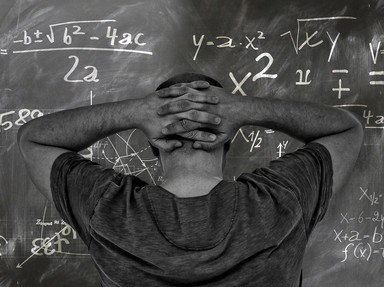Quiz Answer Key and Fun Facts
1. In which of the following fields of science did Ampere not work?
2. Archimedes pulled a ship full of passengers and cargo, single-handed.
3. Which astronomer first discovered the sunspots on the surface of the Sun?
4. Which of the following isn't one of Aryabhatta's achievements?
5. In which element did Becquerel discover radioactivity?
6. Brahmagupta, the ancient Indian mathematician proved that quadratic equations had 2 roots and one of them could be negative. (true or false)
7. Who designed the first steam engine?
8. Name the scientist who found out the value of the gravitational constant(G).
9. What was madam Marie Curie's real name?
10. Who wrote the book 'On the Origin of Species by Means of Natural Selection'?
11. According to Einstein's Special Relativity, which of the following observations would be made, if a rocket was travelling in space at nearly the speed of light?
12. Who discovered neutrons?
13. Which of the following about Michael Faraday is not true?
14. Which scientist has a class of sub-atomic particles and an element named after him?
15. Name the scientist who first coined the electrical terms - 'positive' and 'negative'.
Source: Author
namastheg
This quiz was reviewed by FunTrivia editor
gtho4 before going online.
Any errors found in FunTrivia content are routinely corrected through our feedback system.


